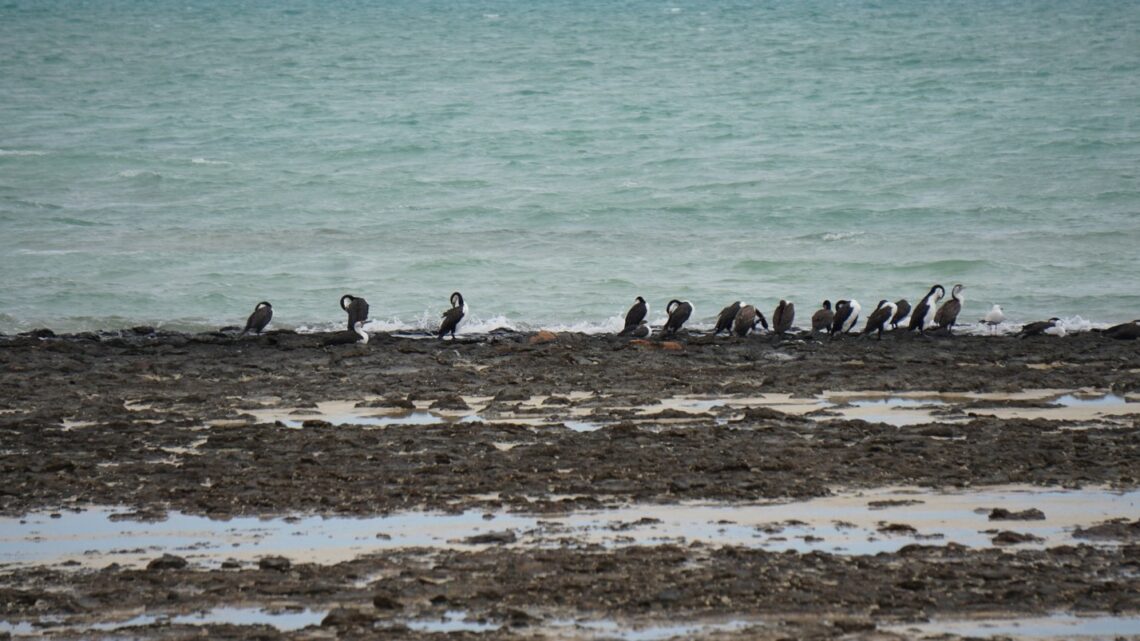
Welcome to Western Australia: From Perth to Shark Bay
by: Jennifer Smith Grubb
Cascading bursts of bloom in flamingo pink, luminescent white and yellow mustard rolled out the welcome mat for us in Western Australia last week. We arrived in Perth in late winter, in alternating days of sun and rain, and drove north to Shark Bay, visiting three Bush Heritage Australia (BHA) conservation reserves along the way. Greeting us at each site were the passionate, dedicated reserve managers who live onsite and care for the properties, implementing plans to restore the land and revitalize the native plant and animal species. The regional ecologist and landscape manager who oversees the three reserves joined us as well, ensuring we understood how Bush Heritage Australia works at scale to maximize their impact in the country.
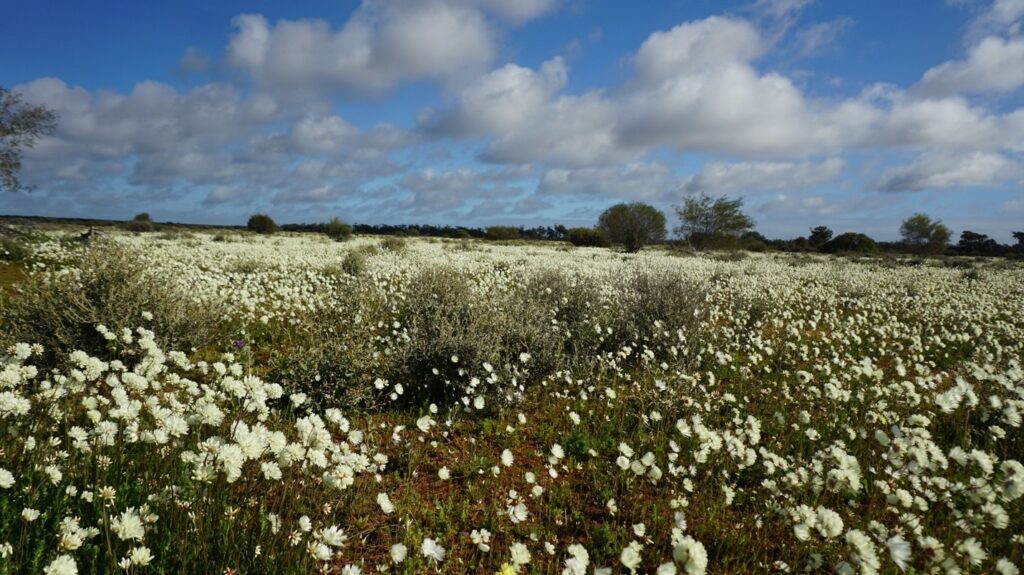
Traveling with my brother-in-law Chris Grubb and his wife Gina Grubb, both ardent conservationists and he the former Chair of the Board for BHA, my husband Hugh and I began our weeklong tour at Charles Darwin Reserve (CDR), a 170,000 acre biodiversity hotspot approximately 225 miles north east of Perth.
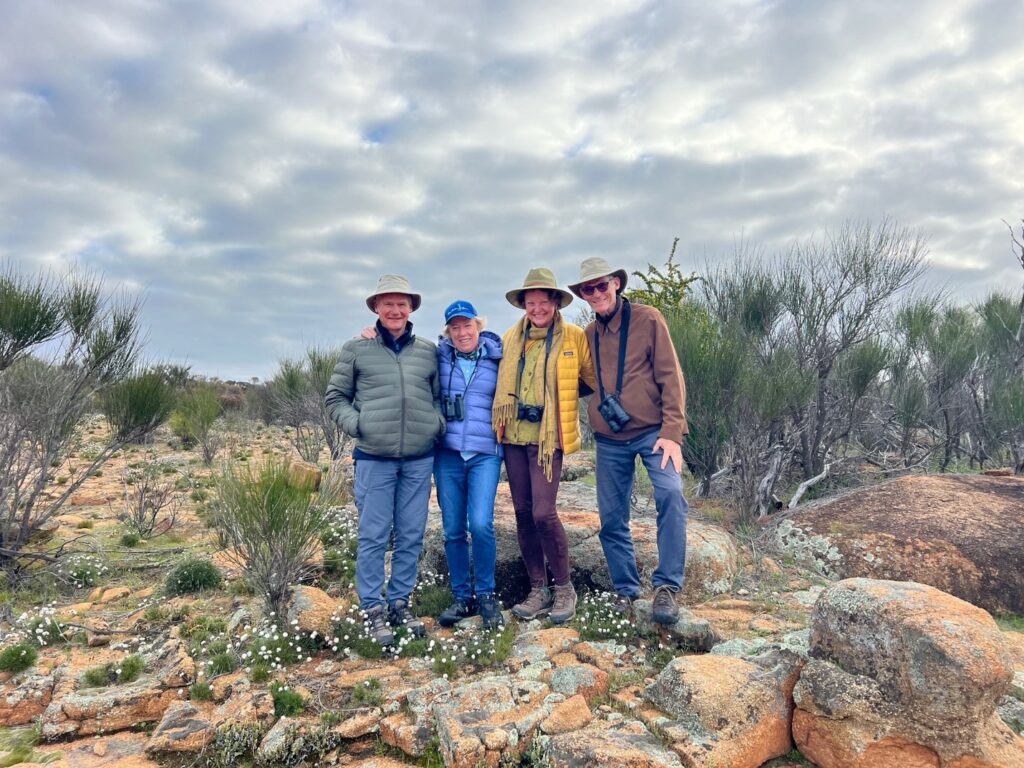
Traditional home of the Badimia people, we visited the “gabi
dhaa” or freshwater holes in granite rock which helped provide safe passage across the landscape for Aboriginal people over millenia.

We examined enormous Wabari-Malleefowl mounds, the diameter of the nest as wide as we are tall, where the birds incubate their eggs, maintaining a constant temperature by working with their environment, adding eucalyptus leaves and rainwater and covering with sand to ensure decomposition, then uncovering the mixture to keep the eggs at a constant temperature of 91.4 degrees Fahrenheit.
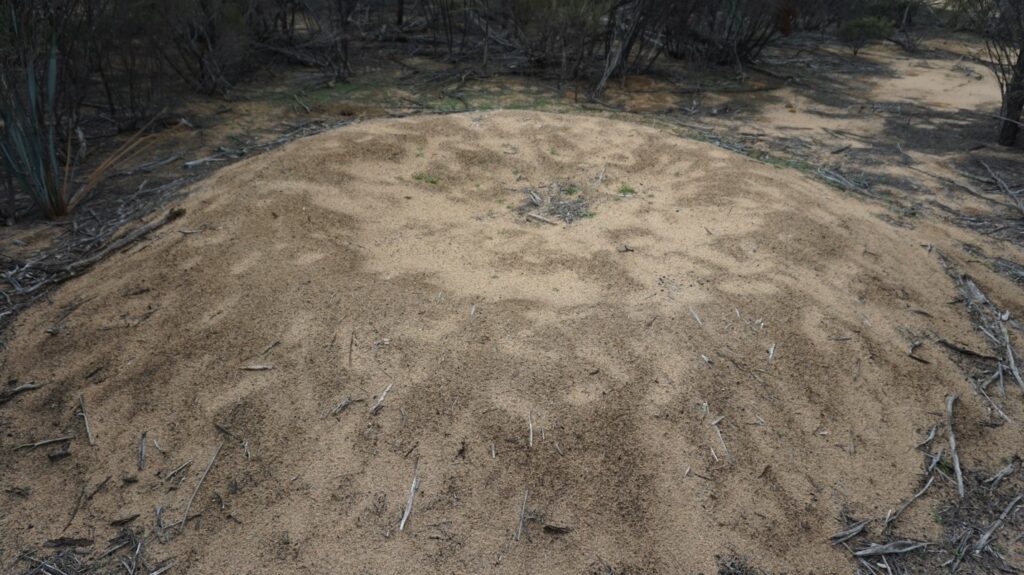
We followed Red-tailed Black Cockatoos across the property, watching as they landed in the Gimlet woodlands. Home to rare eucalypts, the York gums, mixed Salmon gums and Gimlet woodlands are protected on a large scale at CDR. Only six percent of these vegetation types remain in nature, and less than three percent are protected in conservation reserves.
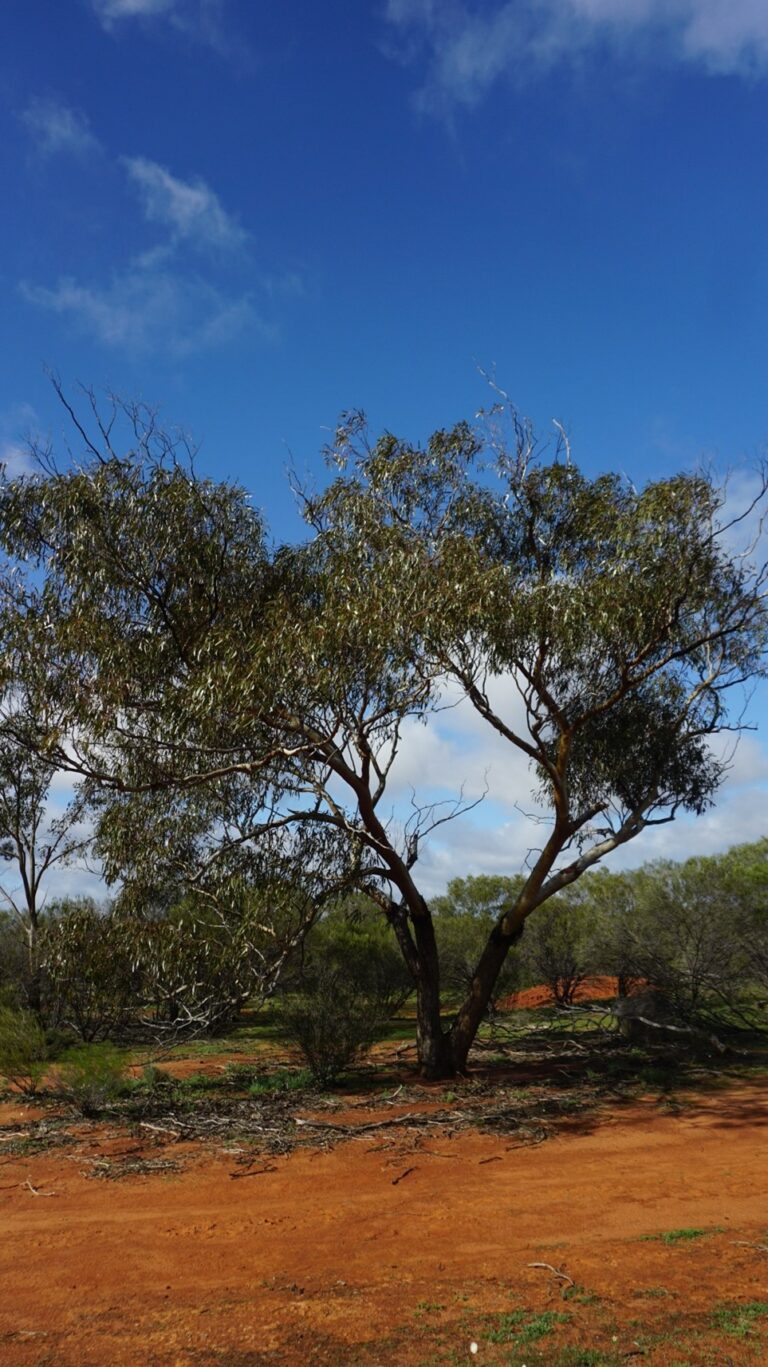
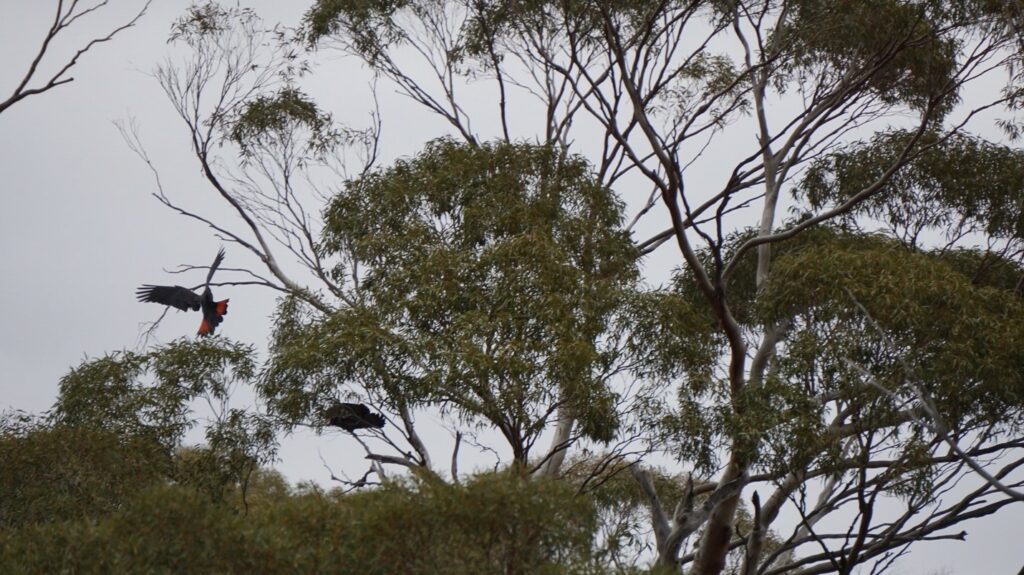
Bidding farewell to our capable guides, CDR Reserve Manager Dr. Jessica Stingemore and Healthy Landscape Manager Ben Parkhurst, we journeyed north to Hamelin Station Reserve (Hamelin) near Shark Bay, approximately 450 miles north of Perth on Malgana land, the name for the Traditional Custodians in the region. Bordering Hamelin Pool and the Shark Bay World Heritage Area, Hamelin is a former sheep station of exceptional conservation value approximately 500,000 acres in size. Eager to welcome us was the effervescent Reserve Manager Sarah “Gilly” Gilleland. Joining her on a long drive in from Perth was Thorny Devil crusader and Philanthropy Executive Dr. Jacki Smith. Enroute, Jacki rescued three Thorny Devils from the highway, apparently oblivious to their impending doom, these hand-sized Stegosaurus-looking reptiles each froze as she picked them up and carried them off the road to safety.


Birds are plentiful on the reserve, and we spied nesting Wedgetail Eagles, Nankeen Kestrels, Bustards and Cockatiels. Three to four foot high Common Wallaroos known as Euros radiated across the landscape, alert crimson marsupials embedded in clouds of wildflowers in snow white and sunshine yellow.
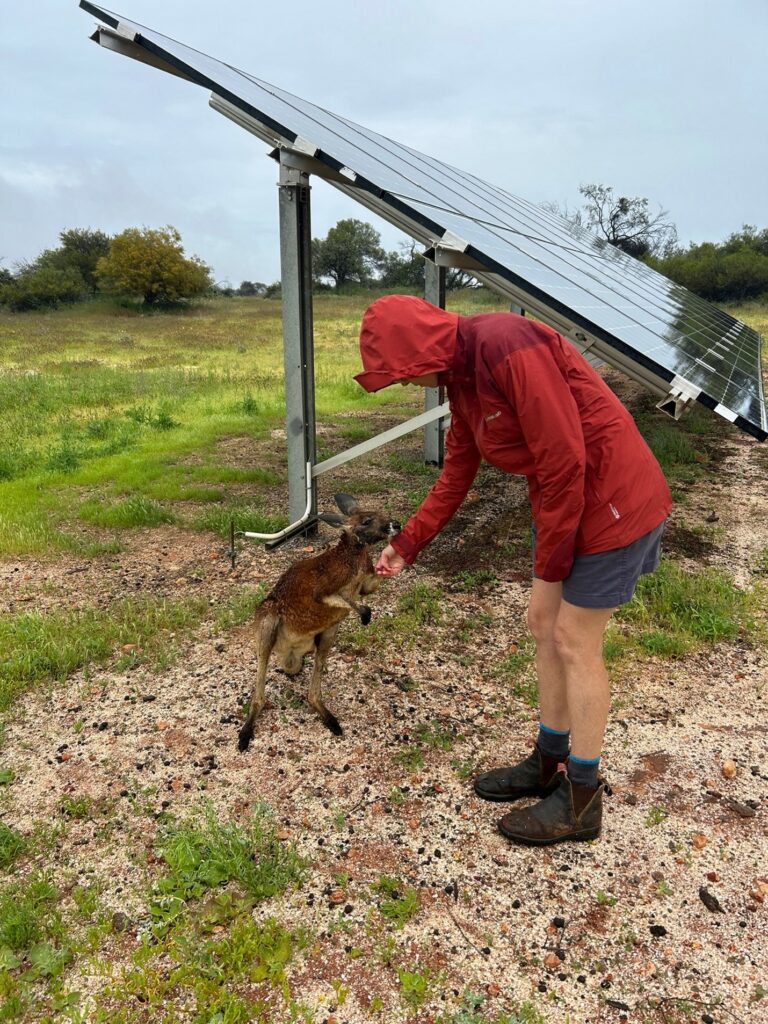
Gilly shared the location of the fascinating colony of Dawson’s Burrowing Bees with us, each large, furry pollinator wearing a safety vest band of yellow cautiously emerging from nickel-sized mounds in the rust-colored ground, popping in and out, looking for the right mate before spreading its wings and sailing off.
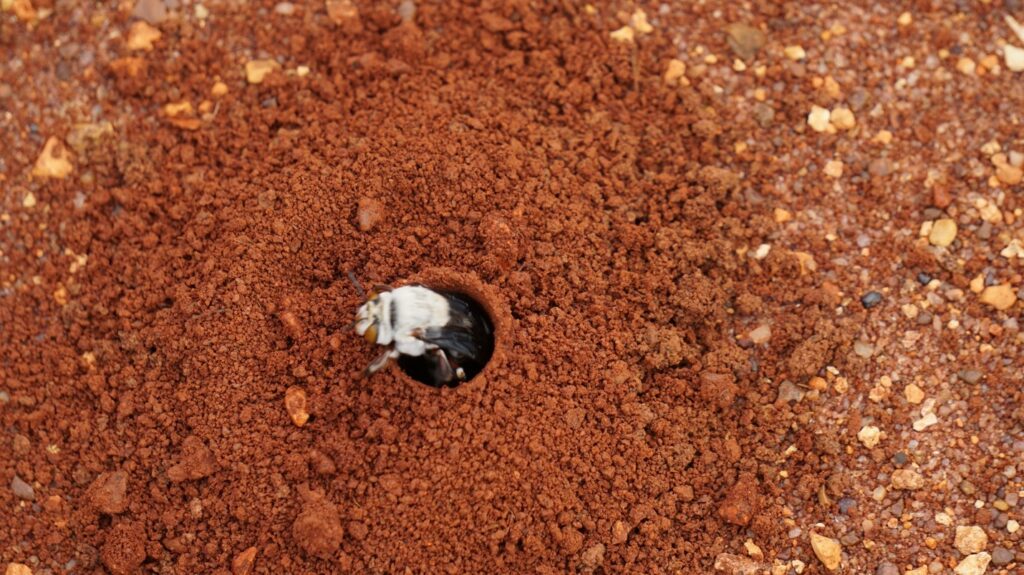
We ventured down to the sea at Hamelin Pool, adjacent to Hamelin Reserve Station, to visit the famed stromatolites, one of only two living colonies in the world. Located at the water’s edge in a hypersaline environment, stromatolites are colonies of oxygen-producing cyanobacteria. Bubbling away in the tide, they are the original source of oxygen some three billion years ago that allowed life to emerge on land from the oceans. Stromatolites are revered by the Malgana people as part of their ancestral heritage.
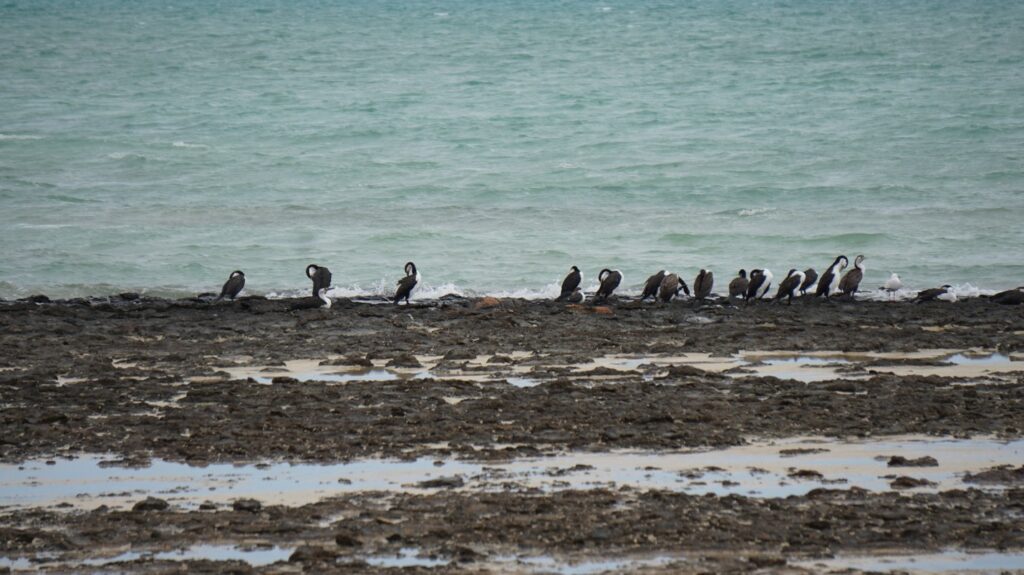
We joined Aboriginal expert Darren “Capes” Capewell of Malgana and Nanda descent for a unique day long experience with the Wula Gura Nyinda Eco Cultural Tour in nearby Francois Peron National Park, kayaking across Shark Bay, singing Aboriginal names for native flora and fauna, and learning how to find fresh water deep in the rich red sand, drinking from a pearlized shell. We spotted an emu drinking water and called to it in the Malgana and Nanda languages as it ran alongside us and off into the landscape. We climbed the rich rusty red sand hills, finding echidna tracks in the sand and an abandoned Aboriginal shell midden. We spotted a small shovel-nosed shark hiding in the shallows, and moments later a full-grown shark further out, hunting.
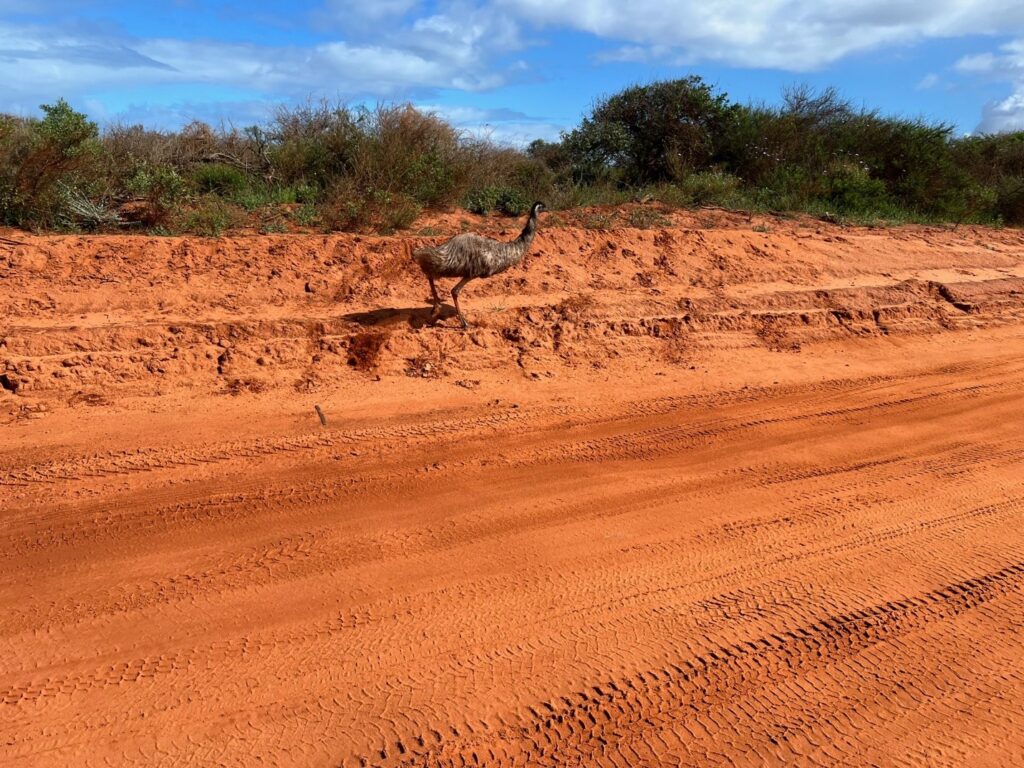

Throughout the day, Capes shared the Aboriginal values of caring for Country and reminded us that it is our collective responsibility to care for the earth. After dining on freshly grilled fish and vegetables, we gathered at sunset for a welcome soak in water from an artisanal hot spring.

The next morning, we headed south to Eurady Reserve, 85 miles to the south, to meet Healthy Landscape Manager and Ecologist Ben Parkhurst and Reserve Manager Sam Fisher along with Philanthropy Executive Dr. Jacki Smith to view the ambitious “Million Trees” restoration project. Eurady Reserve is on Nanda Aboriginal land and is approximately 115 square miles in size. The largest revegetation project in Bush Heritage’s history, to date more than 700,000 eucalyptus tree seedlings grown from hand-collected reserve seed have been planted. Emus kept an eye on us from among the trees as we toured the property in four-wheel drive trucks. We picnicked on a vista overlooking the vast heathlands, vibrant with honey gold grevillea.
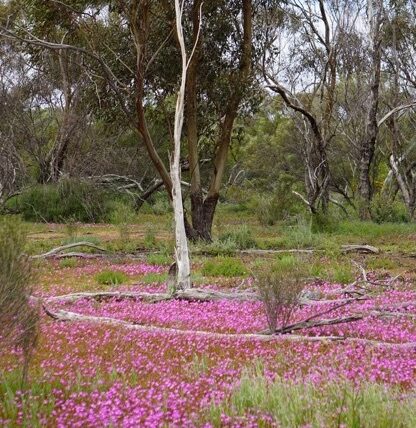

Renewed and inspired, the four of us returned to Perth. Together we are working enthusiastically with partners like Bush Heritage Australia to preserve the Australian landscape and its unique species of plant and animal life for generations to come.

Jennifer Smith Grubb
Your New Executive Director
Friends of the Australian Bush Heritage Fund


